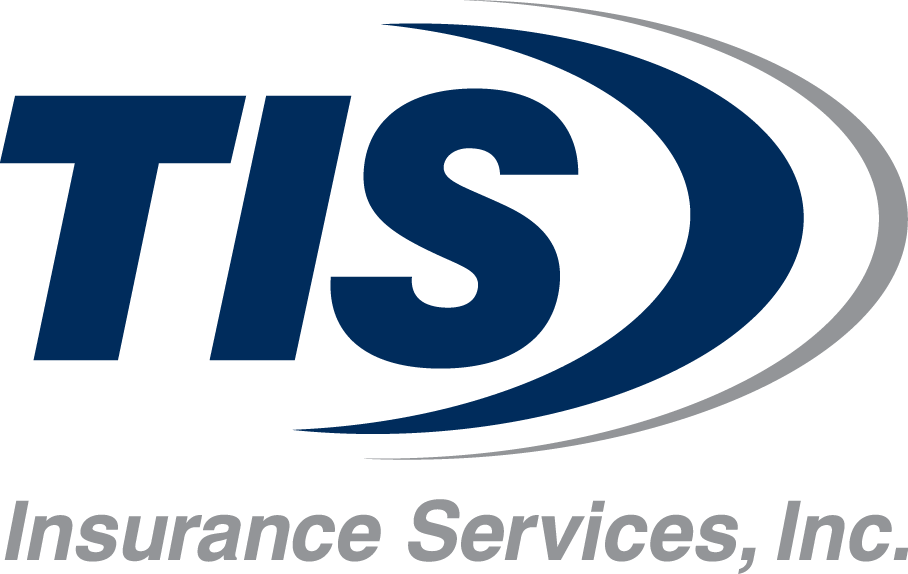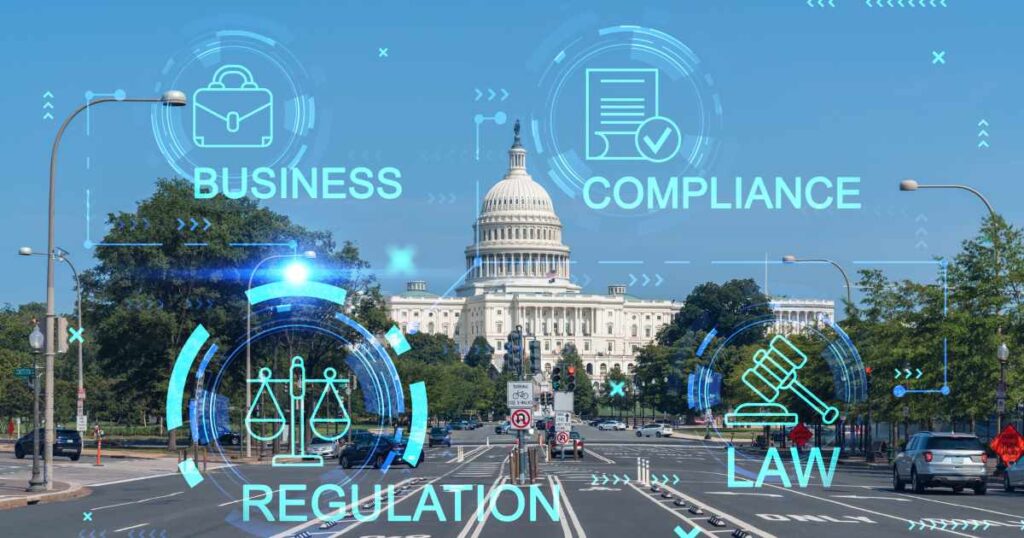Employee benefits are at the core of attracting and retaining top talent for businesses of all sizes. From new compliance regulations to shifting workforce priorities, employers face challenges in designing effective benefits programs. To help you navigate these changes, we’ve asked our Employee Benefits team to share their insight into some of the most pressing employee benefits questions for 2025.
1. What are the latest compliance challenges employers face in employee benefits?
Answer
Key compliance issues for 2025 include:
- ACA Affordability Thresholds: Adjusted yearly, these thresholds require careful tracking to avoid penalties.
- Transparency in Coverage Rules: Employers must ensure they’re providing accessible, up-to-date plan cost data to employees.
- State-Specific Mandates: States like California and New York have enacted their own benefits regulations, including paid leave laws and expanded health coverage requirements.
- Medicare Part D Changes: Updates in 2025 require adjustments to prescription drug plan notices and coordination.
2. How can employers control healthcare costs without sacrificing quality?
Answer
Cost management is a top priority, and strategies include:
- Self-Funding Plans: These allow businesses to customize coverage and only pay for actual claims rather than premiums.
- Value-Based Care: Focus on providers that emphasize preventive care and improved health outcomes.
- Healthcare Navigation Services: Tools that help employees make cost-effective decisions about care.
- Captive Insurance Programs: Pooling risk with other employers can reduce costs while maintaining robust coverage.

3. What benefits are most important to employees in 2025?
Answer
The top benefits employees value include:
- Mental Health Support: Resources like EAPs, counseling, and resilience training are now essential.
- Family-Friendly Policies: Paid parental leave, childcare assistance, and eldercare support are growing priorities.
- Financial Wellness Programs: Retirement planning, student loan assistance, and budgeting tools help employees feel secure.
- Personalization: Flexible benefits allow employees to choose what works best for them, such as lifestyle accounts.
4. How can employers use technology to improve employee benefits?
Answer
Technology is a game-changer for benefits delivery in 2025. Here’s how:
- AI-Powered Platforms: Streamline enrollment processes and provide personalized recommendations.
- Mobile Apps: Allow employees to access benefits information, telehealth services, and wellness resources anytime. In addition to carrier mobile apps, TIS clients have access to the Healthee app.
- Data Analytics: Use insights to identify trends and improve plan offerings.
- Virtual Onboarding Tools: Ensure new hires understand and maximize their benefits from day one.
5. How do voluntary benefits fit into a modern benefits strategy?
Answer
Voluntary benefits allow employees to customize their packages while keeping costs low for employers. Popular options include:
- Pet insurance
- Legal services
- Identity theft protection
- Critical illness or accident coverage
6. How can employers promote financial wellness among employees?
Answer
Supporting financial wellness is key to reducing employee stress and boosting productivity. Employers can:
- Offer student loan repayment assistance or refinancing programs.
- Provide tools for budgeting, saving, and investing through apps or financial advisors.
- Enhance retirement planning with matching contributions and education workshops.
- Include financial counseling services as part of an EAP.

7. How can employers adapt their benefits to a hybrid or remote workforce?
Answer
In 2025, hybrid and remote work models remain prevalent, and benefits must reflect this shift. Employers can:
- Offer stipends for home office setups or provide co-working space memberships.
- Prioritize mental health benefits, such as virtual therapy or meditation apps, to support employee wellbeing.
- Implement wellness programs that don’t rely on physical locations, like virtual fitness classes or wellness challenges.
- Ensure that healthcare networks include telehealth options, which are essential for remote workers.
8. How can employers support employee mental health in 2025?
Answer
Effective mental health benefits include:
- Unlimited access to virtual therapy and counseling sessions.
- Regular mental health workshops and training for managers.
- Offering apps that provide meditation, mindfulness, and stress management tools.
- Creating an open culture that reduces the stigma around mental health.
By addressing these critical questions, employers can stay ahead of 2025’s challenges and provide benefits that attract and retain top talent while ensuring compliance and cost-effectiveness. Have more questions? Let us know—we’re here to help!






